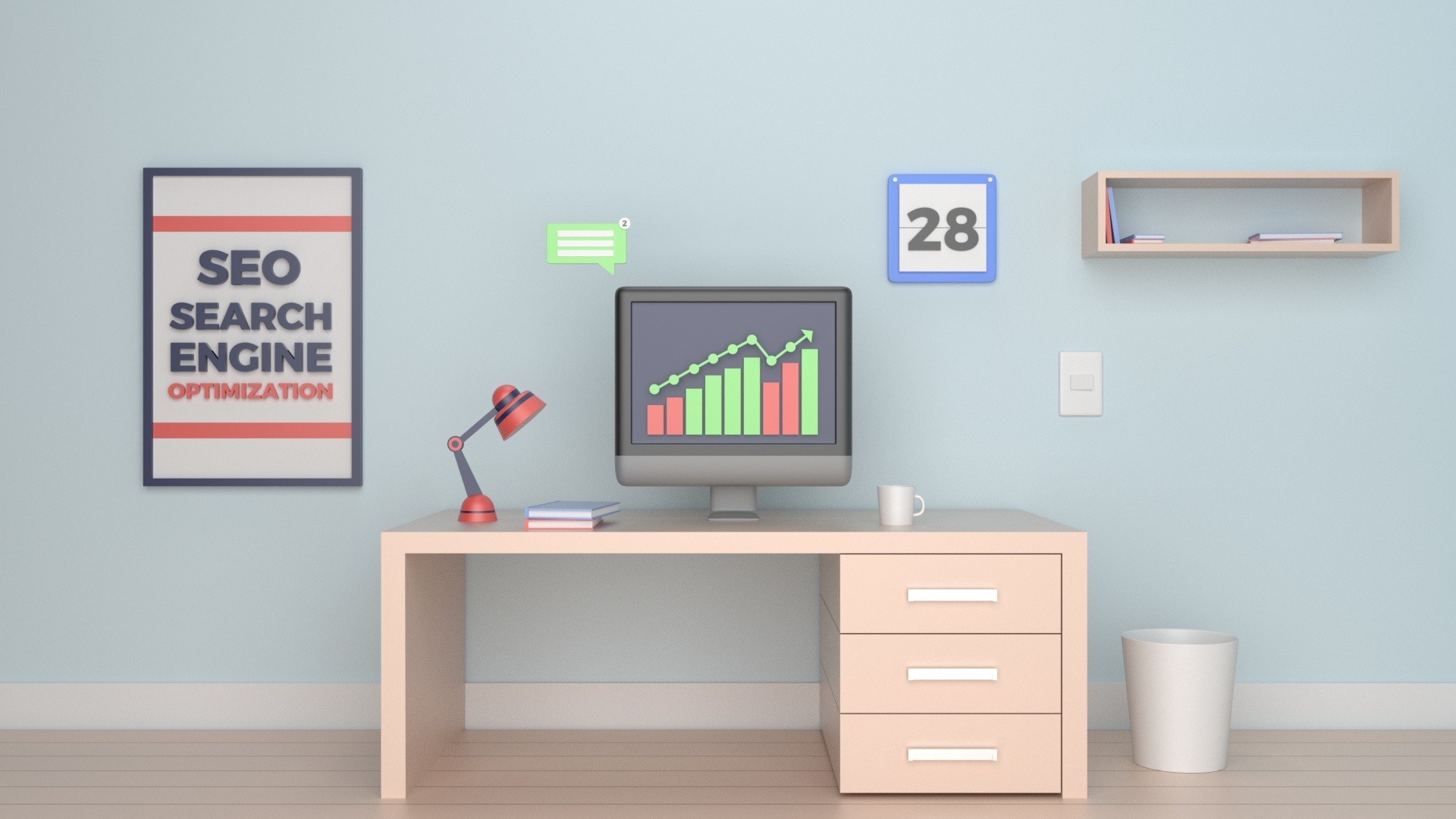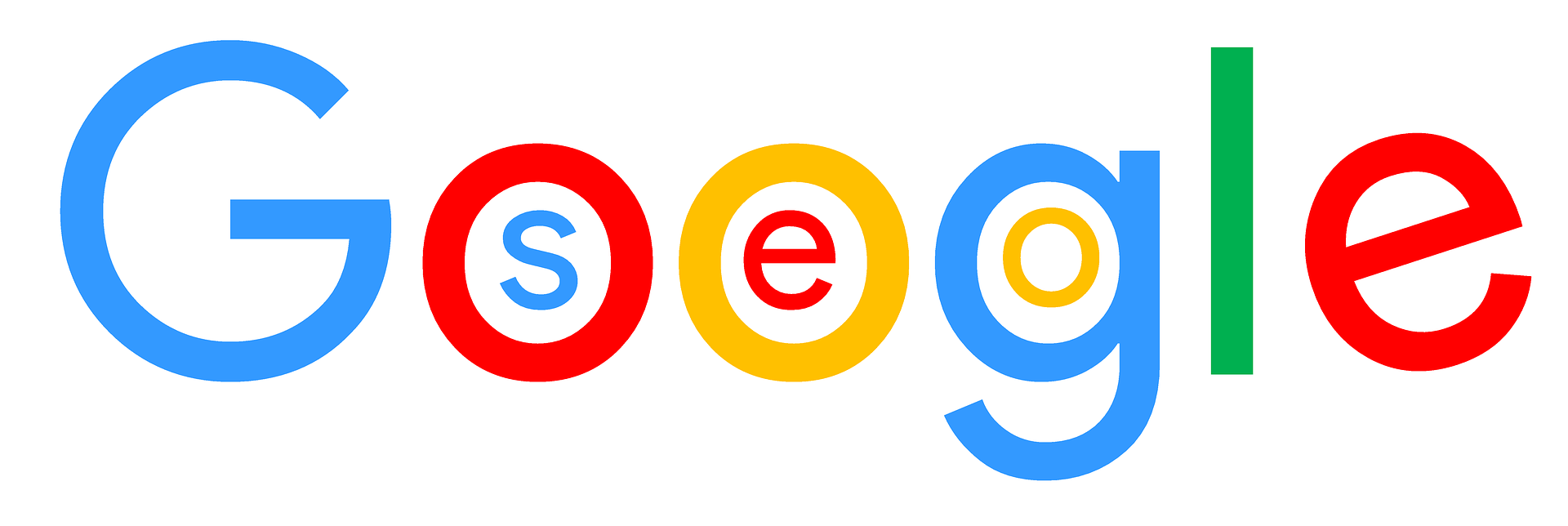You’re writing on a crucial topic that you believe will benefit readers, and you want to make sure your point gets across as clearly as possible.
So you’ve spent hours looking at the computer screen, editing each paragraph until your eyes hurt.
You’ve written an engaging beginning that will tempt people to continue reading, and your conclusion is firm, with a memorable last statement.
Unfortunately, if no one reads your content, all of your time and effort will be wasted.
Often, there is only one way to attract them to read, that is, by creating an attractive title that draws readers in like a magnet to click on your article.

People’s social media feeds are constantly bombarded with news and online content. If you don’t have a catchy headline, you’ll be overlooked.
The best and cheapest way to rapidly attract your audience’s attention is with a great headline.
With so many websites and online stores fighting for users’ attention these days, it’s not so much a matter of getting them to visit your store as it is of making them want to stay there.
This is accomplished by providing a worthwhile experience in terms of design, interface, offer, and copywriting.
In this article, we’ll concentrate on eCommerce copywriting, specifically how to write catchy headlines.
Why do you need headlines in the first place on your online store?
Many online store owners are unsure what they can gain from headlines during the design and web development phases.
The majority of people choose to use a few main headlines that carry the majority of the weight of the website.
However, in your eCommerce copy, it’s recommended that you use many headlines, and here’s why

Draw attention to yourself.
In eCommerce online stores, this is one of the most valuable benefits of headlines.
When a user visits your website, you should use all available resources to convert them into customers. Images and videos play a big part in this, but a catchy headline can also help.
Increase the sense of urgency
If you want to attract impulse consumers, you need to provide the impact that what you’re selling is only accessible for a limited time.
Otherwise, they’ll walk away from your store, assuming they’ll “get around to it later.” That will never happen in the vast majority of circumstances. That is why you should pursue your visitors while they are still on your website.
Make a point about what’s important
Internet users have become accustomed to seeing significant parts of texts highlighted for them.
In other words, you don’t want to expect people to figure out what’s most significant about a product, collection, category, or anything else on their own.
Here are the tricks to use to craft a captivating eCommerce headline. Make sure to follow all the steps to the end.
Make a one-sentence synopsis for your story
When starting a new writing project, first compose a one-sentence description of what the essay will be about.
Whether you are writing a blog post, a personal essay, or a short narrative, make sure to do it.
The one-sentence description provides you with a clear idea of your piece’s key point and the message you want to convey to your audience.
It serves as a guide to keep you from going off on tangents and down rabbit tracks. It can also be changed to become an ideal title for the article.
Determine Your SEO Keywords
When you write a title for a blog or an article, the second step you take should be figuring out what term you want your post to be found for in Google searches with SEO.
This is known as “search engine optimization,” or SEO, in the blogging world.
If you have a blog and don’t pay any attention to SEO, you’re unlikely to reach visitors who found you through Google.
Even if you aren’t concerned with SEO, using an SEO-specific keyword can help people grasp what your article is about and prevent titles that sound like clickbait.

Consider the difference between this article titled “This One Habit Changed My Life”, which sounds like click-bait, and “How Jogging in the Morning Changed My Life.”
In this case, jogging is your keyword. This way You can rank your website easily on SEO
Here’s how to determine which keyword to utilize in your article:
- Consider your one-sentence synopsis. What is the subject of your piece?
- Is there a word that you use several times throughout your essay to allude to your subject?
- What keywords might someone use to find your article on Google?
- Look for blog posts that are similar to yours. What keywords do the titles contain?
Make use of emotional buzzwords.
Surprisingly, marketing things or services is more about telling a story than selling the object itself. That is something that any marketing professional will tell you.
To make the most of this information, you should wrap your items with powerful and emotional terms.

You can select the most appropriate keywords for your product based on your target market. Here are some feelings and emotions to pursue, along with buzzwords to help you get there:
- Exclusiveness: enigmatic, VIP, and only available to a select few.
- Trust: it’s a given, it’s a given, it’s a given.
- Time-restricted: only for a limited period, only for a limited amount of time, only for a limited amount of time, only for
- Free means “no strings attached,” “buy one, get one free,” and other variations.
Showcase your best discounts and deals.
When you compare the headline areas of some of the most popular eCommerce sites, you’ll notice that they save the headline section for their most significant and most extensive offerings.

For instance, as part of their header promo banner, they offer significant and appealing promo codes.
This is something you’ve most likely seen before. If you’re running a promotion, make sure to highlight it in your headlines.
Pop-up windows with an attention-getting headline can also be used to assist your customers in finding the offer right away.
You’ll also see an increase in users searching for special deals and discounts on Google and other search engines.
Adhere to your brand’s style
Every designer or marketer will tell you that your branding must be maintained at all times.
This includes everything from your brand’s colors and logo to typography, positioning, and copywriting, among other things.

Let’s take, for example, brand colors and headlines. Of course, you’re aware that the colors of your business communicate a lot about its voice and style.
Every color elicits a unique response in the human brain. Therefore, eCommerce owners have to create the right impact by choosing the right color scheme, an aspect called color psychology.
Every hue has a tremendous impact on our psychology, whether we are aware of it or not, depending on the culture. Here are a couple of such examples:
- The color black is associated with elegance, minimalism, composure, and luxury.
- White symbolizes purity, innocence, and beauty.
- Purple is associated with mystery, monarchy, and oddity, whereas yellow is associated with youthfulness, gladness, and joy.
- Passion, assertiveness, and directness are all associated with the color red.
Investigate the Competition
These tidbits of advice can be pretty helpful, but there is no tried-and-true formula for writing a compelling headline.
While making a headline, also make sure to have a peek at what your competitors are doing so that you can have more ideas on how to draft yours.
Choose online stores that are directly relevant to your industry.

Also, you should pay attention to eCommerce companies that are larger and more successful than yours; possibly, there is a simple formula in their copywriting that contributes to their success that you can see by visiting their website.
You can get good content ideas from competitors’ stores. It’s never a good idea to replicate what they’re doing, but it’s also not a bad idea to get ideas from them.
Be descriptive and unique in your writing
This may seem like a common thing, but many marketers overlook it.
The trick to being unique in this situation is to use all of the winning formulae that work with customers, but not too much, and develop your voice in those writing patterns.
For example, the words “sale” and “free shipping” are already distinctive and don’t need to be changed.
However, that does not imply that your headlines and product descriptions should be a jumble of sales buzzwords, clichés, and jargon. The next step is to make your title eye-catching.
This doesn’t always imply that you should use color in your headlines and product titles, but make your title stand out by utilizing descriptive language.
This can be accomplished by employing intriguing adjectives or phrases. This is a little different from the first point, where we discussed emotion-inducing words.
You want to elicit a visual and imaginative response from your reader in this scenario, not an emotional response.
This is especially beneficial in headlines that explain collections based on a visual theme or in product headlines.

Choose the Right Length for You
Your product descriptions and headlines should be the correct length for SEO purposes.
However, this is easier said than done because search engine algorithms evolve at a quick pace, making it challenging to stay on top of them.
You’ll have a lot of work on your hands if you’ve developed headlines and product titles based on the rule that they should be between 6-10 words long, and the preference then changes to 4-6.
It’s challenging to find phrasing in eCommerce headlines that’s brief enough to please readers and keep their interest while also combining enough keywords to draw seas of customers.
Make unique headlines
The importance of originality for SEO is another factor to consider. Original, non-plagiarized content is usually emphasized as a must-do for SEO success, but headlines are much more apparent as per the SEO terminologies.
A random phrase in a 500-word product description has far less impact on your search engine rating than a headline. Simultaneously, achieving complete originality in the eCommerce world is rather difficult.
Let’s imagine you’re trying to come up with a catchphrase for your new dress line.
On your homepage, you design a new slider with the headline “Check out our new clothes!” The issue with this headline is that it has been used thousands of times before.
Customers and users are unconcerned, but search engines are. As a result, it’s a good idea to incorporate some specific and unusual terms in your headlines to make them stand out to search engines and readers alike.
Experiment with different headlines.
In the eCommerce world, harnessing accurate data for insight is the key to long-term, purposeful company success.
When we talk about headlines, we refer to comparing different versions of your headlines to discover which one performs better.
There are a variety of tools available to help you with this. If you’re not familiar with these terms, adjust the headlines on your website and see how traffic, engagement, and purchases change.
Make Inquiries
Customers now are more engaged than ever before. They don’t want to feel like passive customers when perusing internet stores.

They want to believe that they are active decision-makers who make well-informed purchases. You may use this to your advantage and generate this impact by including a question in your headlines.
This may or may not result in direct response, but it is a terrific psychological ploy to make your customers feel more involved in the purchase process. Here are a few examples:
- Are you in the mood for a new look?
- How long has it been since you had your air conditioner serviced?
- What level of satisfaction do you have with your computer?
Use direct, thought-provoking, and engaging inquiries that can be casually and organically included in your online business.
Final thought
It’s considerably more challenging to write the perfect headline than it appears. Even if it’s only a few words or sentences, it’ll require a lot of thought.
They’re crucial because they’re one of your clients’ first points of contact with your product. As a result, it’s critical to get it correctly the first time.
It’s also a good idea to have a few options on hand and compare them to determine which one works best.
Using social media ads or Google Optimize, you may run A/B and multivariate tests. It’s always better to have evidence to back up your assumptions and predictions.
So, that was much about the article “How to write catchy eCommerce headlines and improve your SEO”. Also for any queries or doubts reach out to us at [email protected]. You can also raise a ticket at our HelpDesk System.


Be the first to comment.